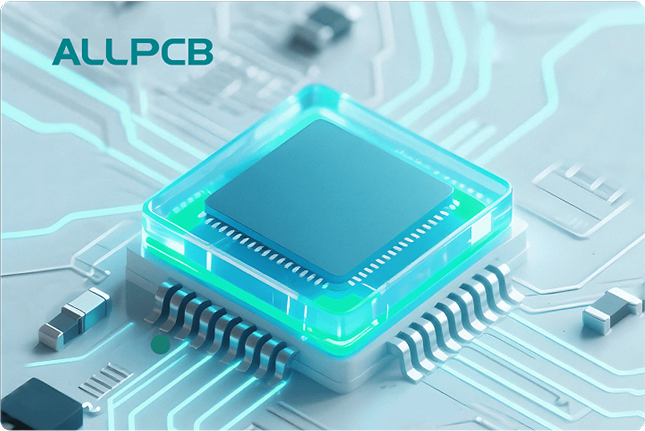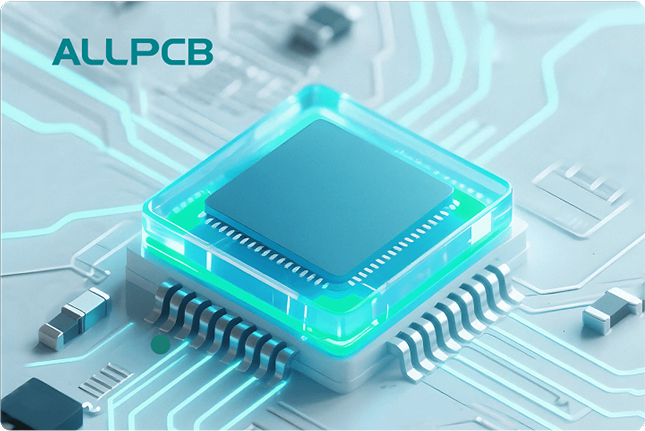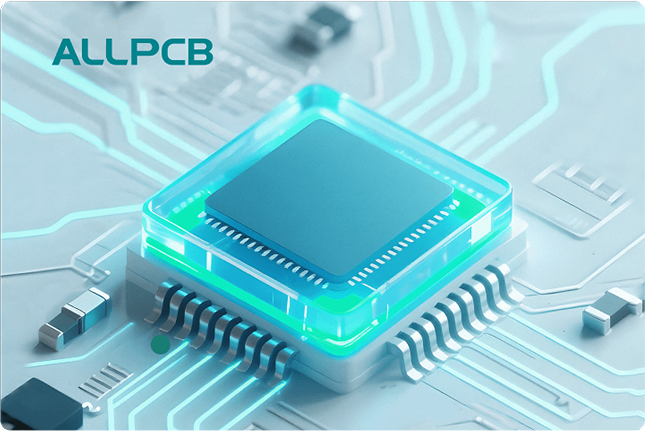Implementing Automated Optical Inspection (AOI) equipment in your production line can transform quality control, ensuring precision and efficiency in manufacturing processes like PCB assembly. However, many manufacturers face challenges during implementation that can lead to costly delays, false results, or inefficient workflows. In this blog, we’ll uncover the top 5 mistakes to avoid when implementing AOI equipment and provide actionable insights on overcoming AOI equipment implementation errors, tackling AOI equipment challenges, mastering AOI equipment troubleshooting, adopting AOI equipment best practices, and applying AOI equipment tips for success.
Whether you’re new to AOI systems or looking to optimize an existing setup, understanding these pitfalls will save you time, reduce costs, and improve production quality. Let’s dive into the details of how to make your AOI implementation seamless and effective.
What Is AOI Equipment and Why Does It Matter?
Automated Optical Inspection (AOI) equipment uses high-resolution cameras and advanced software to visually inspect products, such as printed circuit boards (PCBs), for defects like misaligned components, solder issues, or missing parts. Unlike manual inspection, AOI systems offer speed, accuracy, and consistency, scanning thousands of units per hour with defect detection rates often exceeding 99% in optimized setups.
The importance of AOI in modern manufacturing cannot be overstated. With production lines becoming faster and products more complex, even a single defect can lead to significant losses—sometimes costing manufacturers millions in recalls or rework. However, the benefits of AOI are only realized when the equipment is implemented correctly. Missteps during setup can lead to inefficiencies, false positives, or missed defects, undermining the entire quality control process. Let’s explore the most common AOI equipment implementation errors and how to avoid them.
Mistake 1: Inadequate Planning and Assessment of Needs
One of the biggest AOI equipment challenges is jumping into implementation without a clear plan or understanding of specific production needs. Many manufacturers purchase AOI systems without assessing the types of defects they need to detect, the speed of their production line, or the complexity of their products. For instance, a high-speed SMT (Surface Mount Technology) line producing 50,000 units per day requires a different AOI setup than a smaller line producing 5,000 units with intricate designs.
Without proper planning, you might end up with equipment that’s either overkill—costing more than necessary—or underpowered, failing to keep up with production demands. A common error is ignoring the integration of AOI with existing systems like solder paste inspection (SPI) or reflow processes, leading to bottlenecks.
How to Avoid This: Start with a thorough needs assessment. Identify the key defects you need to catch, such as solder bridges or component skew, and match them with the right AOI capabilities (2D or 3D imaging, for example). Consider production volume and line speed, ensuring the AOI system can handle peak loads without delays. Finally, plan for integration with other processes to create a seamless workflow. This is a fundamental AOI equipment best practice that sets the stage for success.
Mistake 2: Poor Training and Lack of Operator Knowledge
Even the most advanced AOI equipment can fail if operators aren’t properly trained. A lack of understanding about how to program, calibrate, or interpret results often leads to AOI equipment implementation errors like false positives (flagging good products as defective) or false negatives (missing actual defects). Studies suggest that up to 30% of AOI errors in the early stages of implementation are due to operator mistakes rather than equipment issues.
For example, if an operator doesn’t know how to adjust the lighting or camera settings for a specific PCB design, the system might fail to detect subtle defects like insufficient solder fillets. Over time, this can erode trust in the AOI system and lead to costly manual re-inspections.
How to Avoid This: Invest in comprehensive training programs for your team. Ensure operators understand the basics of AOI technology, including how to set inspection parameters and interpret data. Regular refresher courses can help keep skills sharp, especially as software updates or new product designs are introduced. As an AOI equipment tip, consider partnering with equipment suppliers for hands-on training during installation.
Mistake 3: Incorrect Placement of AOI in the Production Line
Where you place your AOI equipment in the production line matters more than you might think. A frequent AOI equipment challenge is positioning the system at the wrong stage, which can lead to missed defects or unnecessary rework. For instance, placing AOI only at the end of the line (post-reflow) might catch defects too late, after significant resources have already been invested in a faulty product. Conversely, placing it too early without proper upstream processes in place can overwhelm the system with irrelevant data.
Optimal placement depends on your production goals. According to industry data, integrating AOI after solder paste application (SPI) and before reflow can catch up to 70% of potential defects early, saving time and materials. However, many manufacturers overlook this and face higher rework costs.
How to Avoid This: Strategically position AOI systems at multiple points if budget allows—such as after solder paste printing, pre-reflow, and post-reflow. If resources are limited, prioritize placement where defects are most likely to occur based on historical data from your line. This AOI equipment best practice ensures you maximize defect detection without disrupting workflow.
Mistake 4: Neglecting Regular Maintenance and Calibration
AOI equipment relies on precision. Cameras, lighting, and software algorithms must work in perfect sync to detect defects as small as 0.1 mm. Yet, many manufacturers neglect regular maintenance and calibration, leading to deteriorating performance over time. Dust buildup on lenses, misaligned cameras, or outdated software can result in AOI equipment troubleshooting nightmares, with error rates spiking by as much as 25% in unmaintained systems.
For instance, if a camera lens is slightly off-angle due to vibration in the production environment, it might misread component placement, flagging thousands of units incorrectly. Such issues not only slow down production but also damage confidence in the system.
How to Avoid This: Establish a strict maintenance schedule. Clean lenses and check alignments weekly, and perform full system calibration at least monthly or after any major line changes. Update software regularly to benefit from improved algorithms and bug fixes. As an AOI equipment tip, keep a log of maintenance activities to spot recurring issues early. Proactive care is key to avoiding downtime and ensuring consistent results.
Mistake 5: Overlooking Data Analysis and Feedback Loops
AOI systems generate a wealth of data—defect types, frequencies, and locations—that can be used to improve production processes. However, a common AOI equipment implementation error is treating AOI as a standalone “pass/fail” tool without analyzing the data it provides. Failing to create feedback loops means missing opportunities to address root causes of defects, such as issues with solder paste application or component placement accuracy.
For example, if an AOI system consistently flags solder bridges on a specific PCB design, the data could point to a stencil issue or machine misalignment upstream. Ignoring this insight means the problem persists, leading to ongoing rework costs that could have been avoided.
How to Avoid This: Integrate AOI data with your overall quality management system. Use software tools to analyze trends and identify recurring issues, then feed this information back to upstream processes for corrective action. Regularly review AOI reports with your team to ensure continuous improvement. This AOI equipment best practice turns your inspection system into a powerful tool for process optimization, not just defect detection.
Additional Tips for Successful AOI Implementation
Beyond avoiding these top mistakes, here are a few extra AOI equipment tips to ensure a smooth implementation:
- Start Small and Scale Up: If you’re new to AOI, begin with a single system on a critical line to learn the ropes before expanding. This minimizes risk and builds confidence in the technology.
- Choose the Right Vendor: Work with a supplier who offers robust support, including installation assistance, training, and ongoing technical help. A reliable partner can make all the difference in overcoming AOI equipment challenges.
- Test Thoroughly Before Full Deployment: Run pilot tests with your AOI system on a variety of products to fine-tune settings and catch potential issues early. This helps avoid costly AOI equipment troubleshooting later.
- Monitor False Call Rates: Track the rate of false positives and negatives during the initial weeks of operation. High rates often indicate setup or training issues that need immediate attention.
The Benefits of Getting AOI Implementation Right
When implemented correctly, AOI equipment can revolutionize your production line. Here are some tangible benefits backed by industry insights:
- Increased Efficiency: AOI systems can inspect up to 100,000 components per hour, far outpacing manual methods and reducing inspection time by over 80% in many cases.
- Higher Quality: With defect detection accuracy often exceeding 99%, AOI ensures fewer faulty products reach customers, protecting your brand reputation.
- Cost Savings: Catching defects early reduces rework and scrap costs by up to 50%, according to manufacturing studies, delivering significant savings over time.
By avoiding the mistakes outlined above and following AOI equipment best practices, you position your production line for these impressive outcomes.
Conclusion: Set Your AOI Implementation Up for Success
Implementing AOI equipment in your production line is a game-changer for quality control, but only if done right. By steering clear of common pitfalls like inadequate planning, poor training, incorrect placement, neglected maintenance, and overlooked data analysis, you can maximize the value of your investment. Keep these AOI equipment challenges in mind, apply the AOI equipment tips shared here, and commit to ongoing improvement through data-driven feedback.
At ALLPCB, we’re dedicated to helping manufacturers achieve flawless production processes. Whether you’re facing AOI equipment implementation errors or seeking guidance on AOI equipment troubleshooting, our expertise and resources are here to support you. Take the first step toward a smarter, more efficient production line by prioritizing a thoughtful AOI strategy today.
 ALLPCB
ALLPCB







